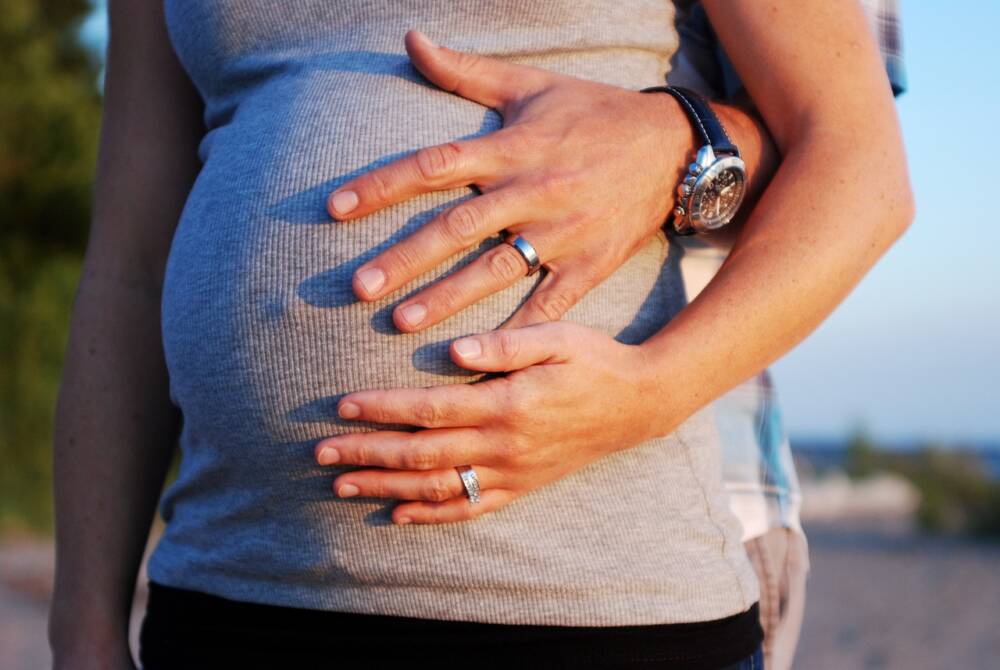The FHI method evaluation shows that the introduction of a screening program to assess the risk of pre-eclampsia may identify more pregnant women at risk than current practice. It also shows that aspirin can prevent pre-eclampsia in early labour.
Pre-eclampsia, or pre-eclampsia or pregnancy poisoning, is a set of symptoms that appear after the 20th week of pregnancy.
Preeclampsia increases risk of premature birth and disease of mother and child. In 2020, 411 pregnant women with preeclampsia gave birth before 37 weeks of pregnancy. Currently, the risk of preeclampsia is assessed based on the characteristics of the pregnant woman and history of previous pregnancies. However, there is reason to believe that this assessment does not cover all high-risk pregnant women who could benefit from very close monitoring and preventive treatment.
Read also: Many people want to turn a holiday home into a house
The FHI has just released a method evaluation that compares current practice with expanded preeclampsia risk screening at 11-14 weeks of gestation. The FHI also evaluated whether treatment with low-dose acetylsalicylic acid (aspirin) could prevent premature birth in women at high risk of preeclampsia. The health and economic consequences of starting aspirin screening and prophylaxis are compared with current practice.
Better identification than current practice
“We found that screening likely identifies women at high risk preeclampsia with labor before the 37th week of pregnancy better than current practice, says Jan Marcus Sverre, who led the project at FHI.
Like us on Facebook and share our post with others. Thank you.
"In addition, prophylactic treatment of women at high risk of preeclampsia with low-dose aspirin before 16 weeks of gestation appears to likely reduce the risk of early delivery before 37 weeks of gestation," says Sverre.
Fewer births with pre-eclampsia before 37 weeks will likely reduce the costs associated with the necessary follow-up and treatment of mother and premature babies, she continues.
Organizational consequences
The authors assume that the proposed screening test can be carried out in conjunction with the early ultrasound examination, which has already been decided to be offered to all pregnant women. However, introducing screening for pre-eclampsia will require resources. It will also have organizational implications that should be explored before possibly being implemented.
Source: FHI
Read and learn more: The government has proposed to extend the electricity subsidy program for households



